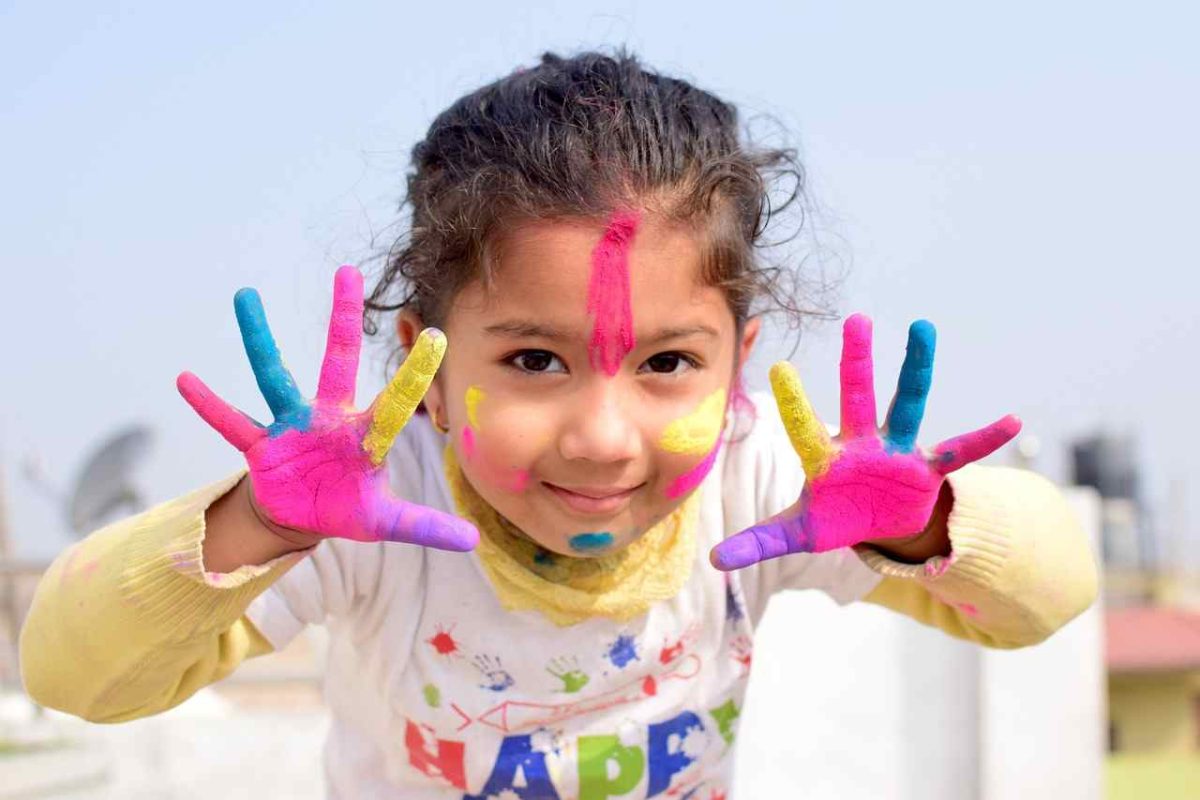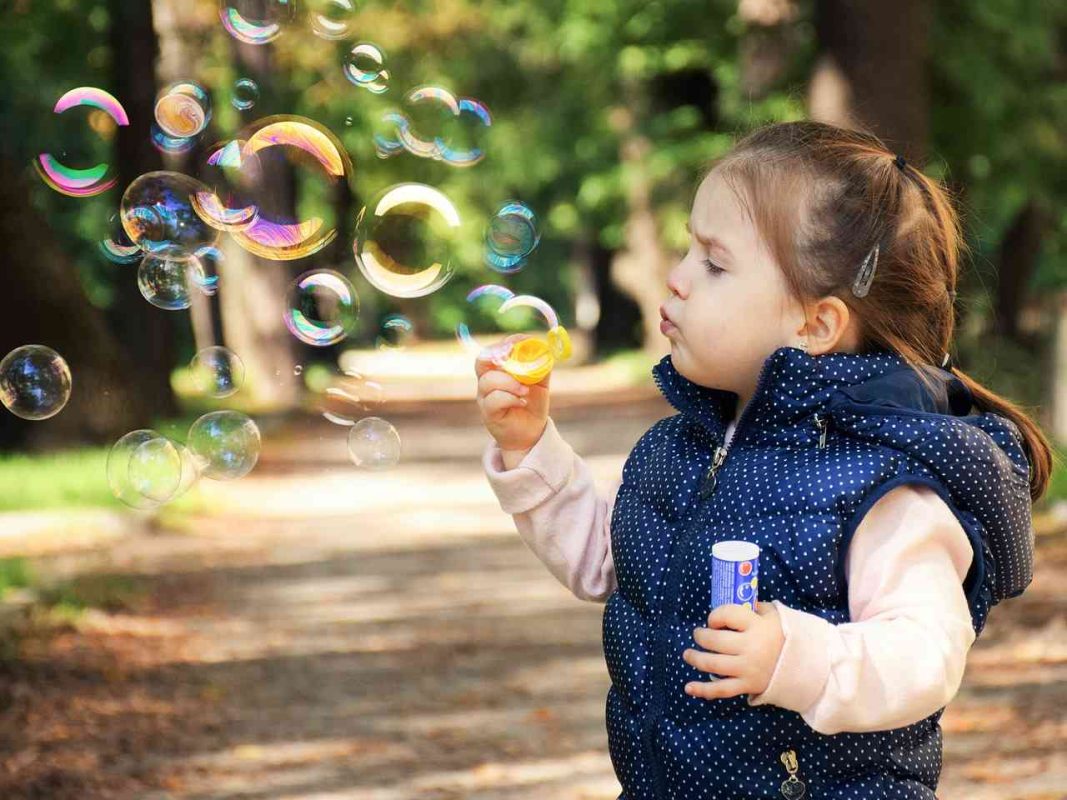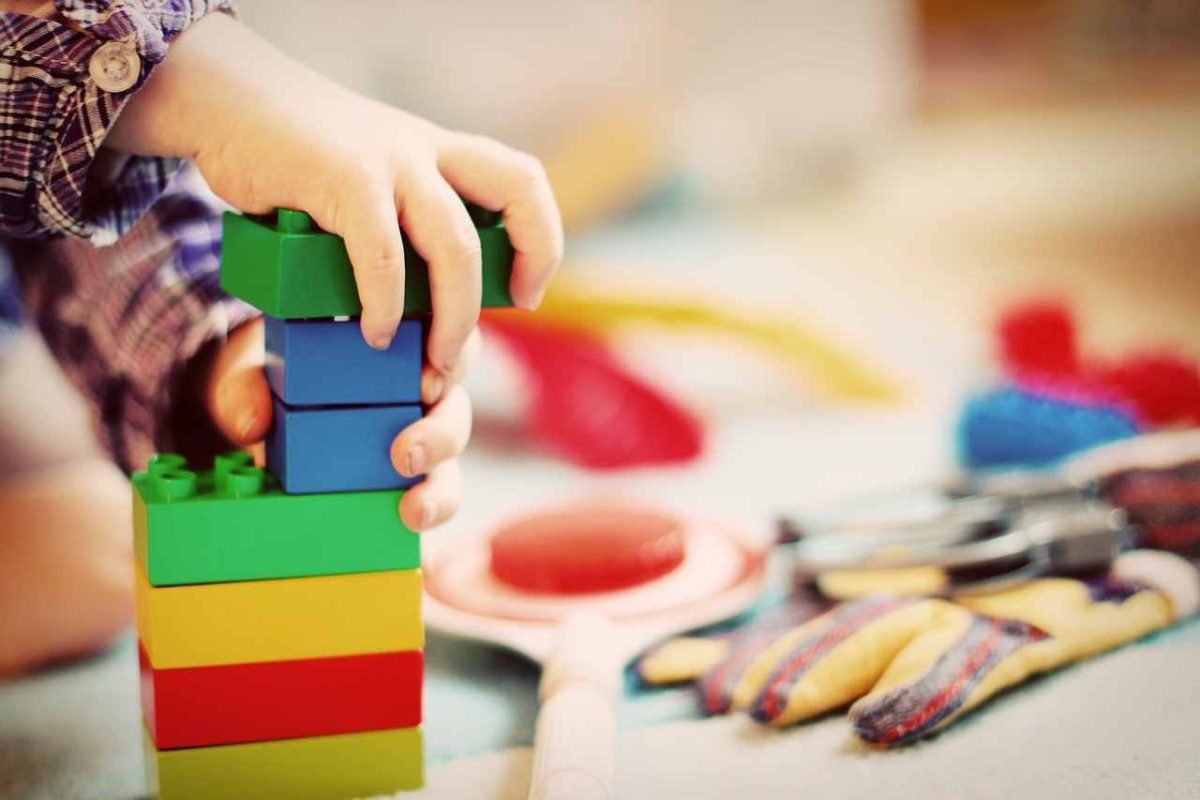Montessori education
Montessori Education Guide: Benefits, Schools, and More
Table of Contents
Introduction
Montessori education is a child-centered approach focused on fostering independence, curiosity, and a lifelong love of learning. Based on the teachings of Dr. Maria Montessori, this educational philosophy emphasizes hands-on learning, collaboration, and self-directed activity.
In Montessori classrooms, children can move freely and choose activities that interest them. Specially designed Montessori materials and lessons promote active exploration and engagement. Teachers play the role of unobtrusive guides, allowing children freedom within limits.
This article provides a comprehensive overview of Montessori education – its history, principles, curriculum, teaching methods, and benefits. We’ll also explore Montessori schools, training programs, and how this approach can be adapted for children with diverse needs.
What Is Montessori Education?
Montessori education is a student-centered approach based on supporting children’s natural desire to learn. Children in Montessori classrooms learn at their own pace with guidance from teachers.
The key principles of Montessori education are:
- Independence: Children are encouraged to choose their own activities and become self-sufficient.
- Freedom within limits: Children have freedom of movement and choice while adhering to classroom ground rules.
- Respect for the child’s natural development: Lessons and activities are designed to match children’s sensitive learning periods.
- Hands-on learning: Children utilize Montessori materials to actively explore concepts concretely.
- Collaboration: Mixed age classrooms allow older and younger students to learn from each other.
Montessori education was initially designed for children ages 3-6, but has expanded to cover ages from infancy through high school. Classrooms are bright, orderly environments equipped with child-sized furniture and shelves of Montessori materials.
The Core Components of Montessori Education
There are five key components that form the backbone of Montessori pedagogy:
1. Prepared Environment
- Montessori classrooms are thoughtfully designed to facilitate independent learning and exploration. Materials are organized logically on low open shelves.
- Each material has a specific purpose and targets a learning concept.
- The environment is kept orderly so children can find what they need.
2. Autoeducation
- Children teach themselves through interacting with the prepared environment and materials.
- Teachers offer guidance rather than direct instruction.
- Learning is driven by the child’s intrinsic motivation rather than external rewards or grades.
3. Sensitive Periods
- Montessori observed that children pass through bursts of interest in certain activities during specific developmental stages.
- Lessons target the child’s emerging abilities during sensitive periods of maximal readiness.
- Each child’s pace is respected since sensitive periods end when the child has internalized the skill.
4. Absorbent Mind
- Montessori saw young children’s minds as open, absorbent sponges soaking up information from their surroundings.
- Environments and experiences during this absorbent mind stage have a profound impact on the child’s development.
- Montessori materials provide key stimuli to activate the absorbent mind.
5. Normalization
- Normalization refers to the process in which children become calmer, more independent, and deeply engaged through concentration.
- In Montessori classrooms, children progress at their own pace without pressure, letting normalization occur naturally.
This five-pillar foundation enables Montessori learning to unfold based on children’s innate abilities and interests. Understanding the key stages of child development provides critical insight into supporting their growth through approaches like Montessori.

Montessori Education: A Historical Perspective
The first Montessori school opened on January 6, 1907 by Italian physician and educator Dr. Maria Montessori. After graduating from medical school in 1896, Dr. Montessori began working with intellectually disabled children.
Through her observations, Dr. Montessori discovered their ability to learn practical skills. This led her to found the Casa dei Bambini or “Children’s House” in a low-income Roman tenement building. Children were given access to a variety of activities and learning materials.
Based on the Casa dei Bambini’s success, the first official Montessori school opened in 1908. By 1917, over 1,000 Montessori schools were operating worldwide. Montessori education continued spreading globally, reaching the United States in 1911.
Over her lifetime, Dr. Montessori refined her philosophy, training programs, and curricula. She received multiple Nobel Peace Prize nominations for her dedication to developing children’s full human potential everywhere. Though she passed away in 1952, the principles of Montessori education continue inspiring schools worldwide.
Montessori Curriculum and Materials
The Montessori curriculum aligns learning activities with children’s sensitive periods for specific skills and concepts. Lessons are presented simply and concretely, leading to abstract understanding. There are five main curriculum areas:
Practical Life – Activities like sweeping, buttoning, pouring develop coordination and independence through real-life tasks.
Sensorial – Materials for exploring concepts like size, color, shape, texture, weight, and temperature.
Mathematics – Concrete counting objects progress to abstraction for learning numeracy concepts.
Language – Materials for letter-sound recognition, vocabulary cards, storytelling, and grammar.
Culture – Exposing children to biology, geography, history, music, and art.
Montessori learning materials are thoughtfully designed. Key qualities include:
- Isolating specific qualities to focus learning on one concept.
- Allowing self-correction through the materials’ control of error.
- Progressing from concrete manipulation to abstract understanding.
- Engaging multiple senses for active hands-on learning.
For example, the Pink Tower material isolates the concept of size grading. Children build a tower of 10 cubes with increasing volume. This tactile experience leads to visual and mental understanding of bigger versus smaller.
Montessori Teachers: Highly Trained Guides
Montessori teachers complete extensive specialized training focused on child development and the Montessori method. Teacher qualifications include:
- Bachelor’s degree at minimum; master’s degree common.
- Full certification from an accredited Montessori training program.
- Minimum 1 year internship in an accredited Montessori school.
Rather than directing lessons, Montessori teachers carefully observe each child to determine their needs and introduce new materials accordingly. Key responsibilities include:
- Maintaining the prepared environment.
- Recordkeeping of student progress.
- Modeling grace, courtesy, and respect.
- Facilitating learning based on sensitive periods.
- Supporting child-driven activity through guidance rather than interference.
Montessori training centers like the Association Montessori Internationale offer teacher education programs. Courses cover Montessori philosophy, classroom materials, child development stages, and hands-on teaching practice. Proper teacher training helps unlock the power of early childhood development.
Montessori Education for All
A major strength of Montessori is its ability to adapt to diverse needs. Principles like mixed age classrooms provide flexibility to accommodate:
- Children developing at different paces.
- Special learning needs through adjusting materials and environment.
- Children with disabilities through supportive, individualized materials.
- Gifted children’s accelerated abilities and interests.
- Culturally diverse perspectives.
- Alternative home environments applying Montessori principles.
Montessori is centered around the child, making it effective for students of all backgrounds and learning styles. Parents can even apply Montessori techniques at home through activities like:
- Child-sized cleaning tools for practical life skills.
- Sorting shells or beans for sensory exploration.
- Sandpaper letters for tactile language learning.
- Displaying art materials for creative expression.
The adaptable nature of Montessori materials and teaching practices allows schools to serve diverse communities.

Exploring Montessori Schools
There are over 4,500 Montessori schools in the United States. When selecting a Montessori school, key factors include:
- Accreditation through MACTE or AMS to ensure quality standards.
- Montessori certification of all teachers.
- Following a full Montessori curriculum across age groups.
- Maintaining core programs like classroom materials and uninterrupted 3-hour work periods.
- Multi-age classrooms with 36 months between youngest and oldest students.
- Student-teacher ratios around 15:2 for younger grades.
Contact schools to schedule observations, meet teachers, and learn about their Montessori training and implementation. Many Montessori schools offer sliding scale tuition, scholarships, and financial aid. Public Montessori schools are another tuition-free option.
California has over 300 Montessori schools, including highly-regarded programs in Los Angeles, San Francisco, San Diego, and Silicon Valley. Leading schools include:
- The Montessori School of San Joaquin (Fresno)
- Santa Catalina School (Monterey)
- Orchard Valley School (Sacramento)
- Oak Grove School (Ojai)
Montessori vs. Other Educational Approaches
Montessori differs from traditional education through its emphasis on independence, child-directed activity, and hands-on sensorial learning. Here’s a brief comparison with two other alternative approaches:
Waldorf education utilizes arts, storytelling, and imagination. Montessori focuses more on practical life skills and sensory learning. Both support mixed age classrooms.
Reggio Emilia emphasizes projects reflecting children’s interests. Montessori features more structured materials and skills progression. Reggio uses group documentation while Montessori focuses on individual progress.
Parents inspired by Montessori principles can also pursue Montessori-inspired homeschooling. This integrates Montessori techniques like sensory materials along with field trips, household responsibilities, and outdoor activities.
Montessori’s Impact on Child Development
Studies suggest Montessori education offers both academic and developmental benefits:
- Students score above average on standardized tests in areas like math, science, and reading.
- Montessori fosters advanced cognitive and socioemotional skills relative to traditional peers.
- Students demonstrate higher executive function, including focus, working memory, and fluid reasoning ability.
- Montessori children display greater creativity and sophisticated problem-solving approaches.
- Students show more intrinsic motivation and mastery orientation.
- Montessori kids exhibit more prosocial empathy, tolerance, and conflict resolution capacity.
Ultimately, Montessori’s hands-on multi-sensory materials and child-directed approach primes a lifelong love of exploration and learning. The focus on promoting self-directed learning through play, nurturing emotional intelligence, and building social skills aligns with evidence-based principles of early childhood development.
Montessori in Practice: Success Stories
Montessori education has nurtured many accomplished students over the decades:
- Jeff Bezos, founder and CEO of Amazon
- Julia Child, world renowned chef and TV personality
- Anne Frank, prominent young diarist and Holocaust victim
- Gabriel Garcia Marquez, Nobel Prize-winning novelist
- Yo-Yo Ma, world class cellist
- Jacqueline Kennedy Onassis, former First Lady
- Prince William and Prince Harry, British royalty
Parents share rewarding experiences like seeing their Montessori child light up with newfound independence and concentration. Teachers describe the joy of facilitating children’s self-construction through discovery. Students reflect on early lessons that instilled a sense of responsibility and passion for learning.
These success stories reveal how Montessori principles enable children to reach their full potential. The outcomes span independence, confidence, curiosity, discipline, and academic excellence.

Conclusion
Maria Montessori pioneered an innovative approach over 100 years ago that continues guiding students worldwide today. Montessori education leverages children’s innate desire to explore. Specially designed materials and thoughtfully prepared classrooms enable self-directed learning.
Highlights of Montessori include mixed age classrooms, tactile materials, student choice, intrinsic motivation, trained teachers, and adaptability for all learners. Research shows both cognitive and social-emotional benefits relative to traditional schooling.
Core advantages of Montessori include nurturing independence, concentration, problem-solving, and abstract thinking skills. Students progress at their own pace, cultivating a lifelong love of discovery. Montessori principles empower children to embrace the joy and challenge of learning.
By supporting development across social, emotional, cognitive, language, and physical domains, Montessori provides a holistic foundation for children to thrive.
FAQs
What is Montessori education?
Montessori is a student-centered educational approach focused on supporting children’s natural development through active learning, independence, collaboration, and respect. Students learn through hands-on activities with specialized Montessori materials, guided by trained teachers.
How does Montessori education differ from traditional schooling?
Montessori emphasizes self-directed learning, multi-age classrooms, and following the child’s interests and developmental pace. Traditional schools often use more direct instruction with set curricula, single-age classes, and standardized testing.
What age groups does Montessori education cater to?
Montessori serves children from infancy through high school. The most common age groups are 3-6 year olds, 6-9 year olds, and 9-12 year olds.
Are Montessori schools accredited?
Reputable Montessori schools seek accreditation from organizations like the American Montessori Society (AMS) or Montessori Accreditation Council for Teacher Education (MACTE). This ensures quality standards.
What are the key principles of Montessori education?
Core principles include independence, hands-on learning, intrinsic motivation, student choice, specially designed materials, collaboration, respect, focus on sensitive developmental periods, and creating a “prepared environment.”
How do Montessori classrooms function?
Montessori classrooms have mixed ages, various activity areas, open-ended materials, minimal furniture, and an orderly environment. Students choose activities, collaborate, and direct their own learning with teacher guidance.
What qualifications do Montessori teachers have?
Montessori teachers complete specialized training through accredited programs, earning certification. They have knowledge of Montessori philosophy, child development, and using Montessori materials effectively.
Is Montessori education suitable for children with special needs?
Yes, Montessori can adapt well to support children with special needs through its multi-sensory materials, individualized pace, and emphasis on student strengths and interests.
Are there any disadvantages to Montessori education?
Potential disadvantages include high tuition costs, limited availability, the requirement of parent involvement, and occasionally being too unstructured for some children.
How can parents support Montessori learning at home?
Parents can provide Montessori-inspired materials, encourage independence in age-appropriate tasks, model grace and courtesy, provide child-sized furniture, and foster their child’s natural curiosity.
References
https://www.fishtownmontessori.com/the-ultimate-guide-to-montessori/
https://montessoriguide.org/
https://montessorifortoday.com/montessori-whats-it-all-about-a-complete-guide/
https://sapientiamontessori.com/montessori/montessori-at-home/
https://amiusa.org/product/montessori-guide/
https://www.guidepostmontessori.com/blog/the-ultimate-guide-to-montessori-at-home

